antiAtlas Journal #3 - 2019
antiAtlas Journal #3 Introduction : CROSSINGS
Jean Cristofol
This issue #3 of the antiAtlas Journal is not structured around a specific topic contrary to the previous and the future ones. It features articles that contribute in different ways to an examination of our approach’s core elements, either by exploring the recent developments in some sensitive border areas or by considering different modes of articulating art and research.
Jean Cristofol teaches philosophy and epistemology at the Aix-en-Provence School of Art (ESAAix). He serves on the antiAtlas Journal’s editorial board and co-ordinates the antiAtlas of Borders. He is also a member of the PRISM laboratory (AMU-CNRS)
Keywords: border, research, art-science relationship, epistemology, modelling, aesthetics, dreams.
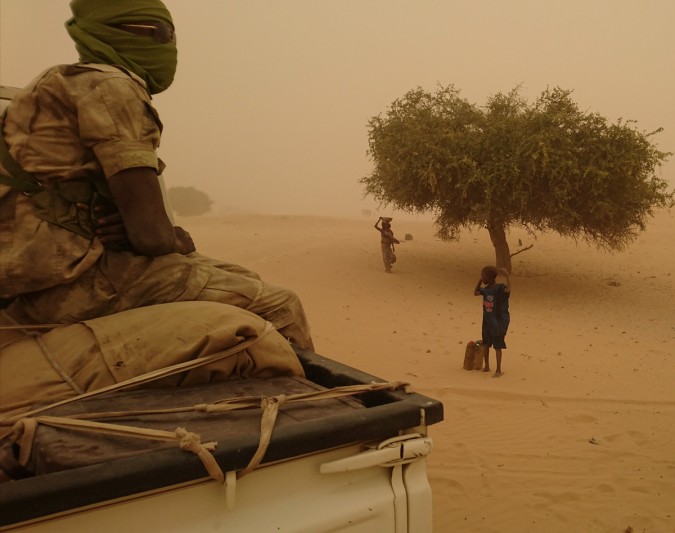
Lac Tchad, photograph © Thomas Cantens 2016
To quote this article : Cristofol, Jean, "antiAtlas-Journal #3 introduction: Crossings", published on December 4th, 2019, antiAtlas Journal #3 | 2019, online, URL : https://www.antiatlas-journal.net/03-antiatlas-journal-3-introduction-crossings, last consultation on Date
An issue without a central topic
1This issue 3 of the antiAtlas Journal has a rather distinct flavour. While the journal’s first two issues contained articles tied to a specific topic (art research and issues relating to interdisciplinarity in the first and fiction and borders in the second), and the upcoming fourth instalment will examine various cartography mechanisms, this current issue takes a different tack as its articles explore the very foundation of our approach while choosing their own paths. Thus, what we have here is an issue without a central topic. The value of this issue lies in the promising research avenues it opens up, the investigations it pursues and the questions it asks. Two topics at the centre of the antiAtlas’s approach are addressed head-on: on the one hand, the production of space and, in particular, what is revealed in this regard by borders, their evolution and the issues associated with them; on the other hand, the topic of research, practices of knowledge production and relations between disciplines – in particular, between the fields of artistic and scientific practice. In this regard, the articles start to echo their counterparts from previous issues. One of the goals of the antiAtlas Journal is to establish these kinds of connections and to establish connections that gradually make it possible to move between the articles despite the issues’ independent trajectories. This is what we would like to happen today.
next...
A consideration of fragile borders
2 Two of the articles in this issue look very closely at the issue of borders, starting with what Thomas Cantens calls fragile borders: border areas where the state has seemingly ceded its authority to the actions of non-state elements. Here we are confronted with a very topical concern. Many borders are becoming harder and more solid because security barriers and walls are being added to them. But just as many borders – sometimes, paradoxically, the same ones – appear to be uncertain, contested, crossed and reconfigured by forces that are deployed according to spatial conditions influenced by other factors. However, these articles are not about examining the most striking events of the past few years but about revealing the dynamics of the border phenomena and the way in which the political, historical, economic and social dimensions of constantly changing situations are articulated in inventive combinations. Consequently, borders can be considered “complexity condensers”, and approaches have to take into account the inherent multiplicity of concrete reality. In this way, we can gain a better understanding of the way in which historical conditions for the transformation of borders by real actors play out in a global setting.
Until recently, Thomas Cantens led the research unit at the World Customs Organization, and the data he uses are specific, rich in content and wide-ranging. His work is also supported by the experience he has gained over the course of several field missions. As a result, his article is a wonderful source of information. Beyond that, Thomas Cantens examines the economic situation at the borders (and the effect on the borders’ relationship with political strategies) in great depth. This is an issue he already tackled in the previous issue of the antiAtlas Journal, albeit from a very different angle. There, the aim was to question the mathematisation of border exchanges and to show how it has been integrated into the general process of quantifying and algorithmising the economy in the era of big data. Within this framework, he also sought to develop what might be a critical point of view – one that does not merely turn into a pointless incantation – and to argue for lucidity and the appropriation of knowledge as a basis for action.
This article focuses on the flip side by examining a set of facts and realities on the ground in a very specific context: Sub-Saharan Africa, more specifically the area around Lake Chad, where the borders of Niger, Nigeria, Cameroon and Chad meet. It is based on studying concrete situations that, by definition, may seem exceptional or unusual: those resulting from conflict and the actions of “informal” and/or “terrorist” armed groups that find privileged areas of action and development in border areas. But while these borders would seem to be destined to disappear as states withdraw and are incapable of ensuring the full security of their populations and the effectiveness of the administration, Thomas Cantens shows that they continue to exist and play a role, including (and perhaps even primarily) an economic role. Borders are not erased by organisations seeking to internationalise their presence; they are used and integrated into complex strategies that combine relations with both state forces and local populations. One of the issues raised concerns the democratic contract regarding what can and what must be fiscal policy, what underpins it and what gives it legitimacy.
The article by Mirza Zulfiqur Rahman and Edward Boyle gives food for thought in a completely different (geographical) context. It is an examination of the informal economic exchanges on the border between India – specifically, the state of Meghalaya – and Bangladesh. Although the authors’ purpose with the work was clearly to be less theoretical, the information they provide is rich and extensive, and the authors are very adept at using their ample experience to guide us to the very particular world of gaps between and combinations of practices of local actors and actions of the central government’s representatives. In reality, the theme of this complex game comprised of oppositions and arrangements, principles and patch-up jobs, between the specificity and the variations of the local situations and the general point of view of administrations that perceive only facts that can be interpreted at the national level is a thread that runs from one article to the next, even though the realities and arguments are very different. Once again, the forms of state intervention first pass through security approaches and economic models that fundamentally disregard the diversity, the richness and the inventiveness of concrete situations. As a result, India’s central state has committed to protecting what it perceives to be its integrity by constructing a fence meant to seal off the border with Bangladesh. In this regard, Rahman and Boyle's article also offers a description of how, in a given context, the tragically generalised process of reinforcing borders, which Stéphane Rosière laid out in the previous issue, takes shape.
next...
Fig. 2 : Chad-Sudan border (West Darfur), cross-border meeting between state services
Photograph © Thomas Cantens 2016
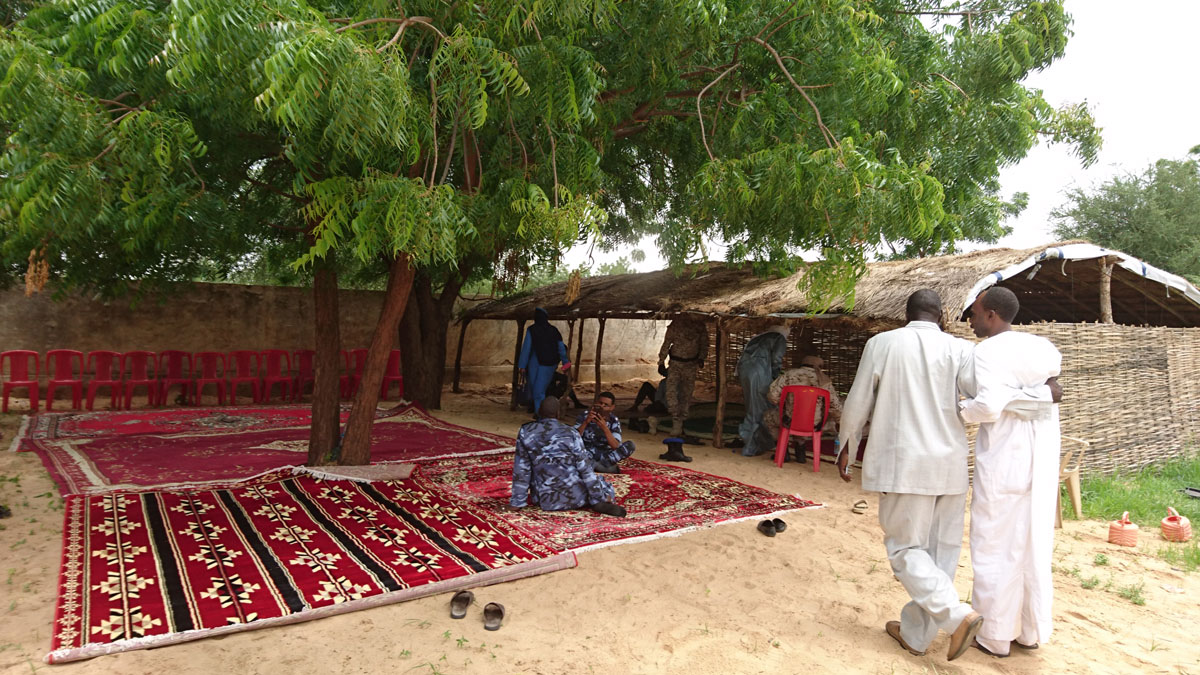
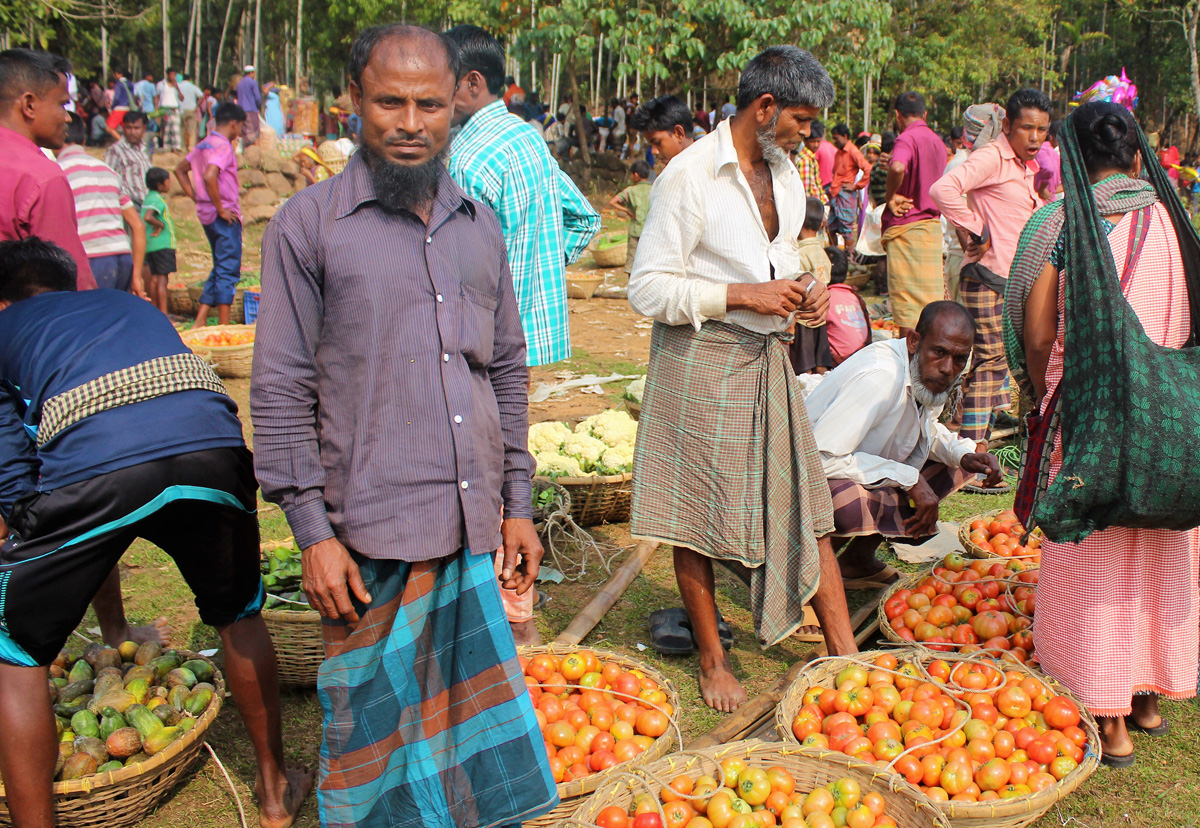
Figure 3 : Mirza Zulfiqur Rahman et Edward Boyle.
Un commerçant bangladeshi présente ses articles avec fierté, des légumes qui ont poussé dans les plaines de Sylhet pour être ensuite acheminés à travers la frontière pour être vendus aux Khasi du Meghalaya.
Looking into the relationship between art and science
3 The other three articles in this issue take a wide variety of approaches. All three of them continue the discussions that we started in the first issue and that we will continue to have as they relate to the art-science relationship. And yet, the articles are very distinct and perhaps even contradict each other. This requires some explanation. In fact, it is precisely these differences that we find worth exploring here, not because they are exemplary of or significant in the ongoing debates but because they build on and complicate what has already been established in the first two issues of the antiAtlas Journal and what we will continue to develop in issue 4. In short, like the two articles mentioned above, these ones are meant as steps or milestones on a journey whose aim is also to be included in the debate.
The art-science relationship, which has long been on the periphery of both the world of art and the research community, has gradually had its place transformed. It has gained a kind of legitimacy or, at least, it brings together all sorts of discourses and ventures in search of legitimacy. It enhances institutional positions. Thus, what may be viewed as a breakthrough also has its setbacks. Some points of view are becoming outdated, the tendency to reduce the issue to the way we use our means continues to spread, and the political, epistemological and aesthetic issues associated with the practices of those working in this complex field often remain unclear, to say the least. The way of thinking about genres or categories can also erase the stakes and eliminate what is essential, what makes sense and really drives experimental approaches and research issues in favour of the impact of communication.
We have mainly approached these issues in two distinct ways, both of which involve a relationship with practice. On the one hand, we have considered the relationships between disciplines and the way in which disciplinary “identities” have been disrupted by research practices. On the other hand, we have looked at the forms of experimentation involving specific instances of art research. In both cases, we have emphasised the exploratory dimension that breathes life and meaning into what plays out between what we recognise as art or as science. It is also interesting to note that this is a common feature of all the articles in this issue:
Each time the discussion touches on the relationship to practice, it feeds off the interaction between the richness of concrete situations and the models whose goal is to establish knowledge and to define frameworks for action and understanding.
next...
An experimental anthropology of dreams
4 The article by Arianna Cicconi and Tuia Cherici reports on a wholly experiment-based approach. Arianna Cicconi, an anthropologist, and Tuia Cherici, a visual and video artist, chose a joint approach to render their work in two voices. This approach is developed through what they call an “investigative tool”, an Oniroscope, whose goal is to provide an opportunity for participants to share and exchange and is guided by a flexible and open methodology that calls on everyone to contribute in order for speech to flow in different ways. As a result, the so-called Oniroscope has different functions in a process that finds its meaning in the work of an act imbued with both a performative and a plastic character.
There is something important that deserves attention: while it is ongoing, an investigation is not, in the Oniroscope's approach, subject or reducible to the hierarchy between the investigator (who questions, analyses and plans) and the “investigated” (who is situated as an “object” of the study). The investigator is not positioned outside the event but is a part of the investigation itself. Here, the inquiry plays out as a well-defined, organised and reasoned process that gives way to different words and does not predetermine them according to categories but rather aims to open space for them to emerge.
As its name suggests, the Oniroscope focuses on dreams. It entails an anthropological approach to dreams and their relationship to life in the daytime. The goal is to understand dreams’ place in cultures and explore the separation that assigns them an uncertain, obscure and distinct role in our culture. The modalities of their presence are examined, not as remnants or incomplete traces of a secondary mental activity or, at best, evidence of something that escapes us, but as a constituent element of our experience and existence as people in society who form part of a fabric of discourse and collective practices. Therefore, one of the guiding drivers of the Oniroscope’s approach is not to diminish the importance of and objectify the dream by making it something to be dissected in order to privilege an essentially participatory knowledge but to shine a light on its operations by using a translation (or transduction) process. In so doing, the situations experienced, the images produced and the words used are all states of mind at work.
To gain this knowledge, what is the approach that should be taken to prevent the game of reductive oppositions – the individual and the collective, the intimate and the public, the fiction and the real, the spoken and the unspoken – to bring together a community of knowledge in a shared process?
The very exercise of writing the article forms part of this endeavour.
next...
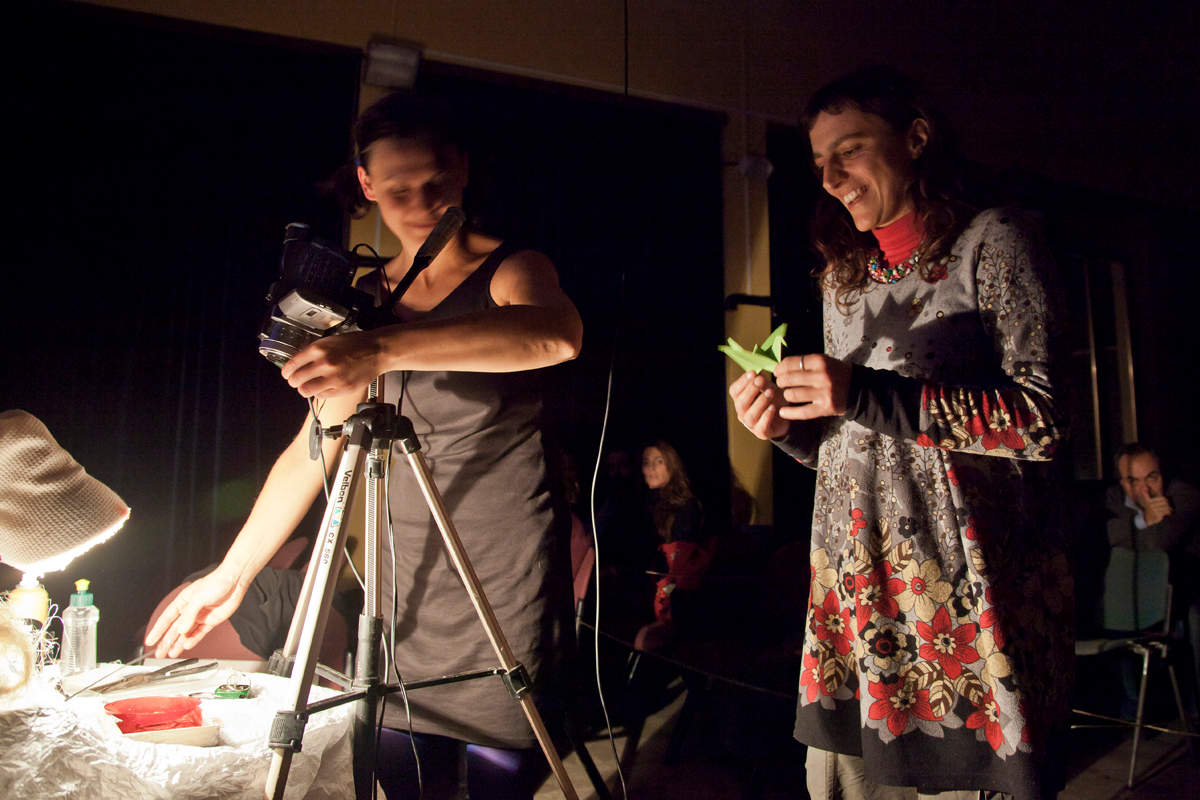
Fig. 4 : Arianna Cicconi and Tuia Cherici, Oniroscope at Circolo ARCI, Settignano, Firenze, 2012
Photograph © Andras Calamandrei 2012
Border works
5 Jean-Paul Fourmentraux (Fig 5, right) positions himself on a completely different level with an article whose “historical” dimension is absolutely essential. This text is an updated synopsis of an investigation that began in 2003 and continued for several years: It started with the creation of a virtual actor who first took the stage in Schlag!, a show created in 2003 by Roland Auzet and based on The Tin Drum by Günter Grass, prior to a string of individual and collective projects between 2003 and 2018. The author follows the evolution of this “artificial being” that disrupts disciplinary boundaries and leads us to new laboratories where research and creation are (re)invented: Ircam (Paris), Hexagram (Montreal), etc.
The goal is to develop a sociological approach to artistic practices that work with digital technologies and to tackle a series of concepts and shifts that cannot be side-lined. This is obviously the case with the notion of a laboratory as it relates to the classical understanding of a workshop. With the laboratory, the notion of the author is also called into question by the emergence of collective forms and a system comprised of contributions, to such an extent that Fourmentraux promotes the idea of a “distributed” author. This is the case, in particular, with the concept of a “border work”, conceived as a platform where different disciplines and types of knowledge are joined together in configurations that are always being reinvented. Finally, it is the very idea of the “actor” shaken up by the appearance – beyond virtual forms and spaces and beyond artistic or scientific contributions – of more or less autonomous artefacts that establish themselves as the agents of a dialogue, as partners with whom we can deal, on whom we will have to rely, and of which the character of Oscar, around whom a significant part of Schlag! is built, is one of the first examples. Roland Auzet’s show offers an opportunity to reflect on how different disciplines, which are part of distinct artistic fields or traditionally opposing fields of knowledge and practice, can be joined in singular configurations and contribute to an overall dynamic. It is a set of interfaces where “territorial” logics and institutional functionalities, as well as stories and methodologies that are a priori foreign to each other, can overlap. Thus, the “works” sketch configurations in which these complex arrangements are combined and point to what might be potential operating communities. For Fourmentraux, the challenge is to grasp the processes that make these configurations possible, to sketch out the geography and to do so in the field while taking the concrete artistic situations into account.
next...
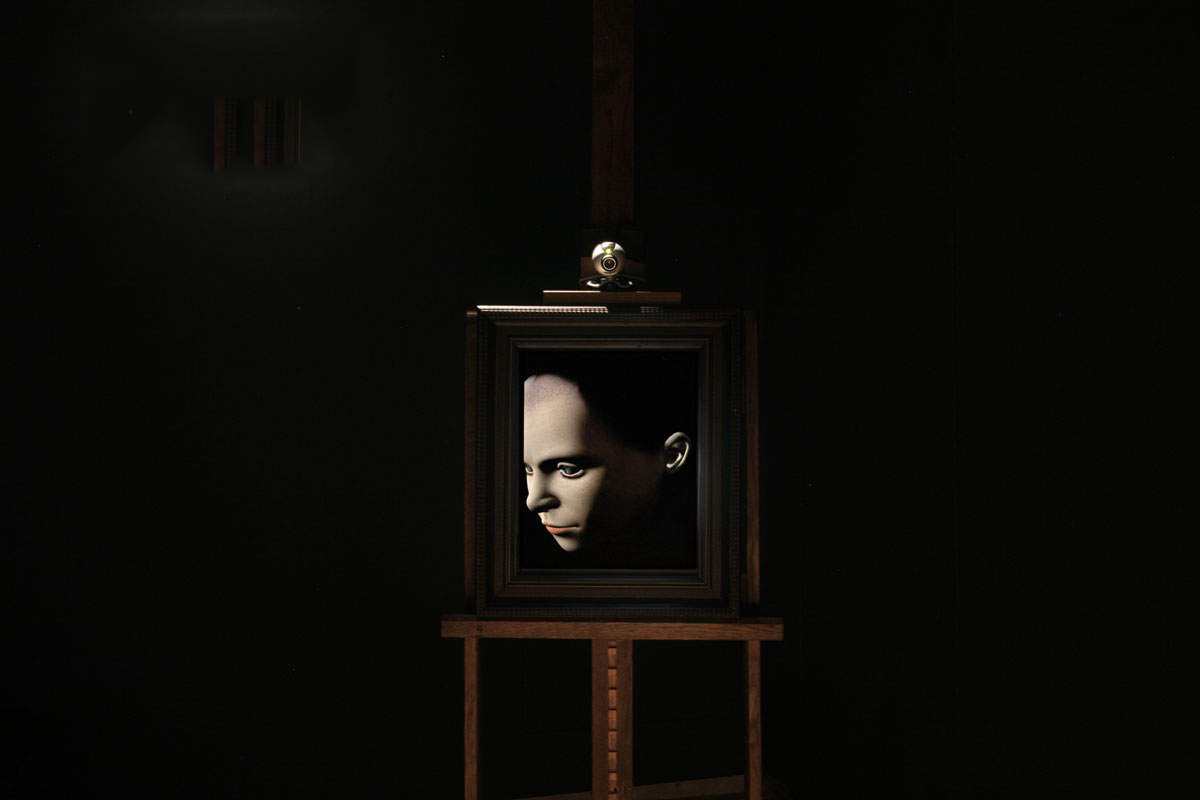
Figure 5: Catherine Ikam and Louis Fleri, Oscar, 2005.
6The article by Edmund Harris and Rhett Gayle (fig. 6, below) focuses on how mathematical and computer category theory can contribute to knowledge about artistic creation processes and, specifically, to the production of forms and the construction of objects that generate an aesthetic experience. The issue that is raised is not based on an observation of artistic practices that are developing in the field of digital technologies, mobilising these technologies or using experimentation to explore their potential. Instead, the authors focus on the theoretical modalities of abstraction processes and the logics that are mobilised within the context of how the forms are created. They are interested in the relationship between the logical procedures and the objects that are created, including what this entails in terms of a dynamic of analogous operations between, on the one hand, the space of completed and observable structures and, on the other hand, the abstract space of the creations that describe or control them.
This issue clearly points to the historical practices of notation, partition, construction drawing and architectural planning. More generally, it points us to the matter of what is at stake in mapping activity, given that modelling is also a kind of mapping and that, by the same token, mapping involves modelling processes.
Mapping means abstracting, representing and producing.
As one might very well expect, the formalisation of these processes has taken on a whole new dimension since the development of information technology, algorithmic procedures and 3D technologies. There are many reasons for this. Many of these processes have been automated and, as a result, have become generalised after many uses. Because they are relatively autonomous, they are based on procedures that allow for an open set of possible combinations. This leads to a considerable rise in the number of opportunities to “imitate” appearances or to simulate behaviours and situations. Architectural planning and partitioning, in totally different fields, have traditionally come up with theoretical spaces in which forms can be conceived, imagined, projected in the space of their execution, their implementation. They can recommend a range of possibilities covering, from the initial structure, adaptations to fulfil the external conditions of their implementation. But what is being targeted is essentially forms and fixed figures. Algorithms make it possible to trace static forms back to the processes that generated them. They help to mimic not the thing that is produced but the patterns of the operations that produce it. Harriss and Gayle show the change that has taken place in fields such as biomimetics, where there has been a shift from imitating natural forms to imitating the morphological processes of growth and development. It is one thing to imitate the shape of a tree, but it is quite another to model how it was formed and to use the various parameters of this formation to produce possible arrangements.
The authors take care to always use examples that make the logical schemas that they are updating accessible and understandable. They strive to achieve progress in stages, with each moment finding its place in “special cases” drawn from the fields of architecture and design. They add to their demonstration with more philosophical openings that call into question the future viability of the notion of the author in the context of a technological expansion of practices and knowledge and that point us to a diversity of approaches and work on mathematical objects and how they are used.
next...

Figure 6: Sand cast alloys, designed from a woven pattern, photograph © Edmund Harriss
Conclusion
9 All of the articles in this issue raise important questions and are worthy contributions to the debate. The topic of fragile borders is certainly one of the threads that we would like to follow up on. In this regard, the articles by Thomas Cantens and by Mirza Zulfiqur Rahman and Edward Boyle lay the groundwork for what we hope to become a focus of cross-boundary thinking in the antiAtlas Journal.
The articles by Arianna Cicconi and Ruia Cherici, by Jean-Paul Fourmentraux and by Edmund Harriss and Rhett Gayle extend the work we started with the first issue of this journal. They make new contributions, help to shift the conversation and broaden our field of inquiry. In their relationship with the first two articles, they also help to reveal the tension that drives us, the space in which we find ourselves. This space is important, as it helps to define what brings us together, what we feed on, and not just the extent of our certainty but the space for our questions.
next...
Notes
10
1 https://www.antiatlas-journal.net/01-introduction-science-art-explorations-at-the-border
2 https://www.antiatlas-journal.net/02-fiction-and-border
3 https://www.antiatlas-journal.net/calls-for-papers
4 https://www.antiatlas-journal.net/02-the-political-arithmetic-of-borders
6 In the sense that it is not only about “translating” dreams into another language but also about activating them in a context that is specifically conceived for that purpose.
7 https://rolandauzet.com/portfolio/schlag
8 The investigation has already been published in the form of an article in 2011 (“Œuvres frontières de l'art numérique: des actes de co-création interdisciplinaire”, Anthropologie et sociétés, 35, (1–2), 187–207, https://doi.org/10.7202/1006386ar) and plays a central role in a book by Jean-Paul Fourmentraux, Artistes de laboratoire : Recherche et création à l’ère numérique (Paris, Hermann, 2012).
> Back to the top of article
http://www.antiatlas-journal.net/pdf/03-cristofol-introduction-03-crossings.pdf
A modelling approach in the field of art


